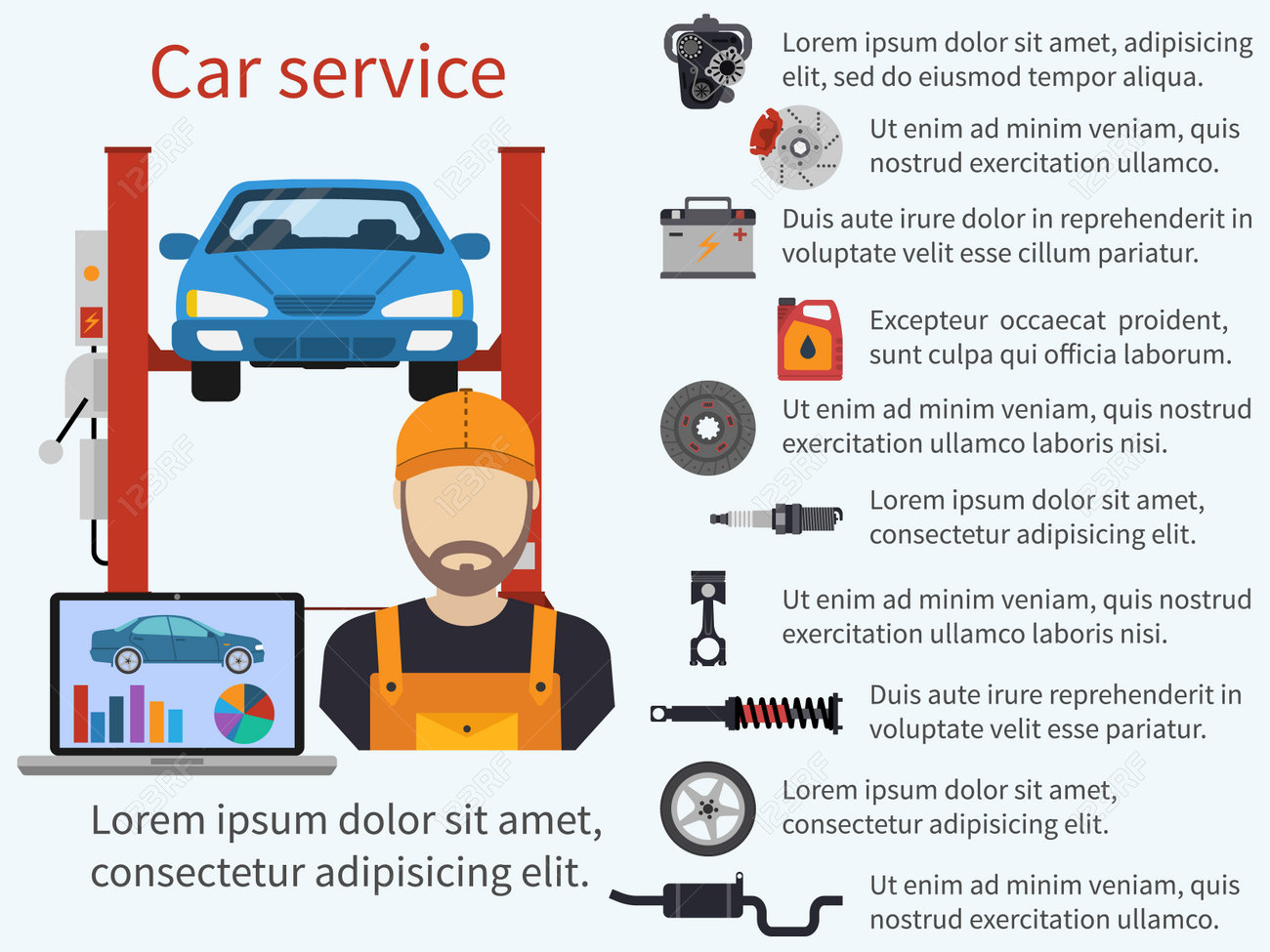Assessing Your Vehicle'S Caution Indicators: What They Really Convey
Assessing Your Vehicle'S Caution Indicators: What They Really Convey
Blog Article
Content Author-Boye Kejser
When you're behind the wheel, those radiant caution lights on your control panel can be a little bit complicated. Do you know what they're trying to tell you about your cars and truck's wellness? Comprehending the significance of these lights is vital for your safety and the long life of your automobile. So, the following time one of those lights appears, wouldn't you want to decode its message accurately and take the required steps to address it?
Common Caution Lighting and Interpretations
Identify common caution lights in your auto and comprehend their definitions to guarantee safe driving.
The most typical caution lights consist of the check engine light, which signals concerns with the engine or exhausts system. If this light comes on, it's important to have your car inspected without delay.
The oil pressure alerting light suggests low oil stress, requiring immediate interest to prevent engine damages.
car groomer auckland blinking battery light might recommend a defective charging system, potentially leaving you stranded otherwise addressed.
The tire stress surveillance system (TPMS) light alerts you to reduced tire stress, impacting car security and gas performance. Neglecting this might bring about risky driving conditions.
The abdominal light indicates a problem with the anti-lock stopping system, compromising your capability to quit promptly in emergencies.
Finally, car detailing shops cautioning light warns of engine getting too hot, which can result in severe damages if not solved quickly.
Understanding these typical caution lights will certainly help you resolve concerns quickly and maintain risk-free driving conditions.
Value of Prompt Interest
Recognizing the typical caution lights in your automobile is just the initial step; the relevance of without delay attending to these cautions can not be emphasized sufficient to guarantee your security on the road.
When a warning light illuminates on your control panel, it's your automobile's means of communicating a possible issue that needs focus. Overlooking these warnings can cause a lot more serious issues down the road, compromising your safety and security and potentially costing you more out of commission.
Trigger attention to alerting lights can avoid failures and mishaps. For instance, a flashing check engine light can indicate a misfire that, if left ignored, can cause damages to the catalytic converter. Resolving this promptly can conserve you from a pricey repair service.
Similarly, a brake system advising light may signal reduced brake liquid or worn brake pads, important elements for your security when driving.
Do It Yourself Troubleshooting Tips
If you discover a caution light on your dashboard, there are a couple of DIY troubleshooting tips you can try prior to looking for professional help.
The first step is to consult your cars and truck's guidebook to comprehend what the details caution light shows. Occasionally the problem can be as simple as a loose gas cap causing the check engine light. Tightening the gas cap may solve the trouble.
One more usual problem is a low battery, which can cause various advising lights. Examining the battery connections for rust and ensuring they're safe and secure may repair the issue.
If a caution light continues, you can try resetting it by disconnecting the automobile's battery for a couple of minutes and then reconnecting it. Furthermore, checking your car's liquid levels, such as oil, coolant, and brake liquid, can help fix advising lights related to these systems.
Final thought
Finally, recognizing your car's warning lights is essential for maintaining your lorry running efficiently and securely. By promptly resolving amd detailing and understanding what they imply, you can avoid expensive repairs and possible breakdowns.
Remember to consult your vehicle's handbook for particular details on each alerting light and take action appropriately to make sure a hassle-free driving experience.
Remain educated, remain safe on the road!
